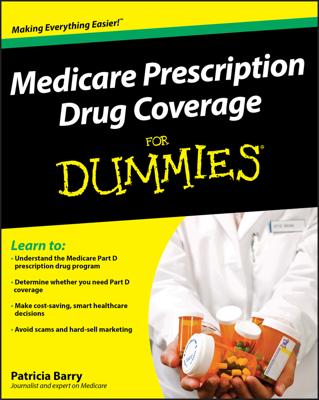Copyright © 2014 AARP. All rights reserved.
Social Security automatically signs you up for Medicare — without any action on your part — in each of the following circumstances:
You’re coming up to your 65th birthday and you’re already receiving retirement benefits from Social Security or the Railroad Retirement Board.
You’re younger than 65, but you’re about to become eligible for Medicare on the basis of disability.
You’re older than 65 and have delayed Medicare enrollment because you have coverage from your or your spouse’s active employment, but you’ve contacted Social Security or the Railroad Retirement Board to start drawing retirement benefit payments.
If you live in a foreign country, you won’t be automatically signed up for Medicare even if you’re already receiving Social Security or railroad benefits. If you live in Puerto Rico and have begun drawing these benefits, you’ll be automatically enrolled in Part A but must apply for Part B.
In the first two situations in the preceding list, Social Security sends your Medicare ID card through the mail three months before your coverage is due to begin. In the third situation, you receive your card when Social Security has approved your retirement benefits. If you don’t receive it, call Social Security at 800-772-1213 (or TTY 800-325-0778 for the hard of hearing).
The red-white-and-blue Medicare card is valuable. It’s your passport to Medicare services, so make sure in the months before you become eligible for Medicare that you open any envelope that comes to you from the Social Security Administration.
You really don’t want to throw it away by accident, but tossing this important letter is easy enough — especially in the weeks before you turn 65, when you can expect to be deluged with mail from insurance companies trying to sell you some kind of private Medicare plan. So keep an eye out for envelopes bearing the Social Security Administration’s name and official logo in the left-hand corner.
The envelope containing your Medicare card includes a letter informing you when your coverage will begin. The card itself also has printed on it the dates when you can start using Medicare services. For example, if you turn 65 on May 14, your card should arrive three months earlier, in February.
The letter and the card will note that your Part A and Part B coverage begins on May 1. And that’s fine if you want to use both A and B services as soon as possible. File the letter away, put your Medicare card somewhere safe, and that’s it — you’re done.
But what if you want to opt out of Part A or Part B? The Social Security letter that accompanies your Medicare card describes how to decline Part B and gives you a deadline for requesting disenrollment. But whether opting out is a good idea depends on your situation — and is something you should consider very carefully.

